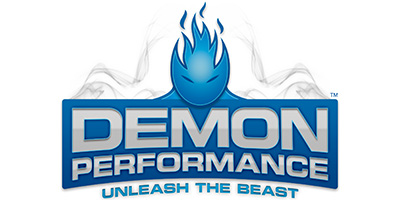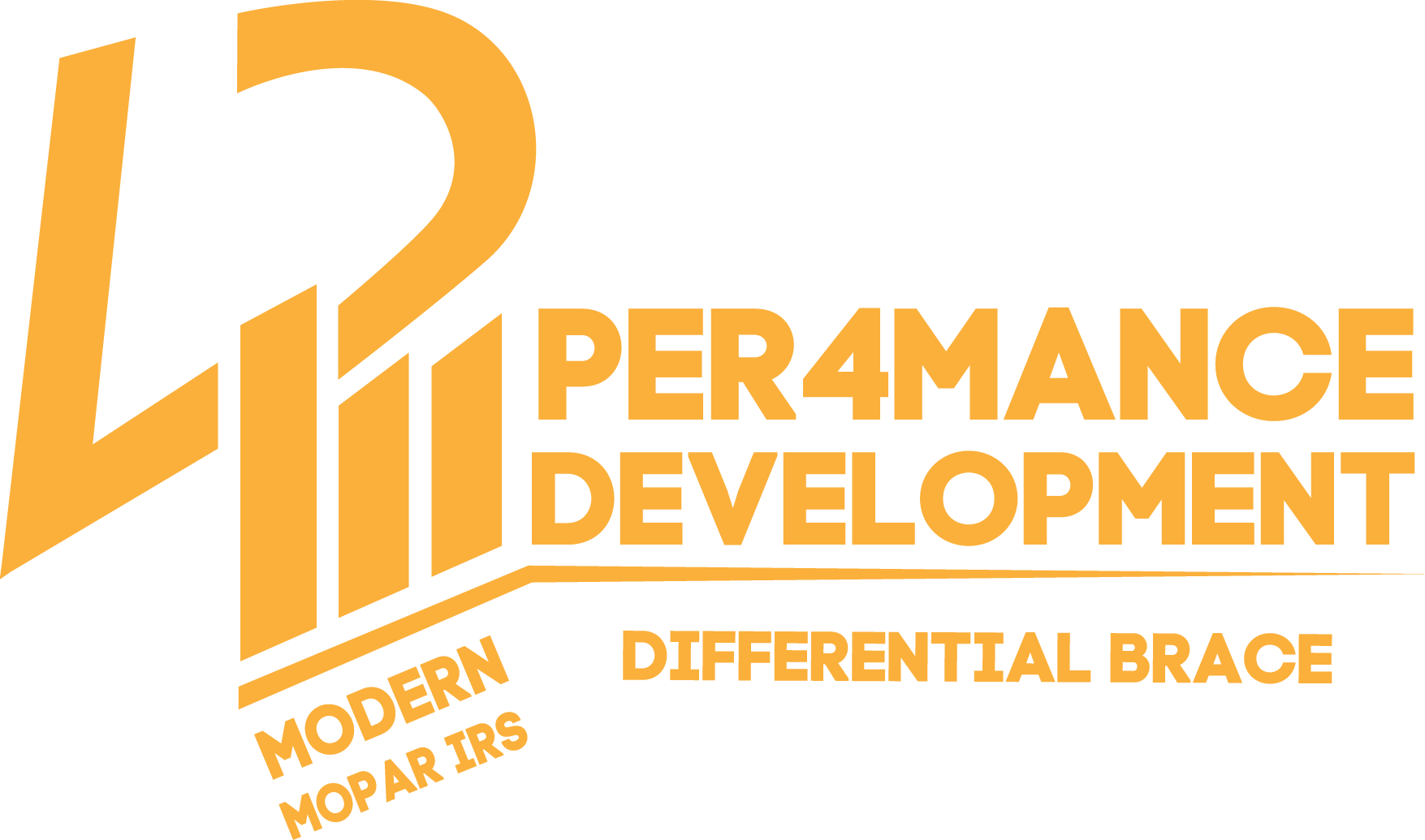
MSHS FAQs
This is for informational purposes only, rules take presidence!!!!
What classes do you have at the events?
We run 8 points classes and a rookie class, which gives virtually any gen3 HEMI® build a chance to be competitive. At every event, we have time set aside first thing for open runs. During this time frame, see what your car is doing/capable of to decide which of the below classes you are going to run. If your car is stuck between class indexes, most prefer to run in the slower of the two so they have a chance at winning. Keep in mind, being close to the class Index usually is good enough as you can really make up some time at the line with a good reaction time on the PRO Tree.
- HEMI Outlaw (1/8th mile heads up)
- Factory Spec Shootout
- Overdrive NT
- 8.50 Index
- 9.00 Index
- 9.50 Index
- 10.00 (10.00 index, quickest you can run in this class is 10.00)
- 10.50 Index (10.50 index, quickest you can run in this class is 10.50)
- 11.50 Index (11.50 index, quickest you can run in this class is 11.50)
- 12.50 Index (12.50 index, quickest you can run in this class is 12.50)
- 13.50 Index
- Bracket (standard bracket race, handicapped racing) (Cars slower than 13.00 may double enter Bracket class)
- Rookie (standard bracket race and limited to first 8 to buy a rookie ticket)
What if I am not in the points chase, can I race?
Absolutely, each event is a self standing race with $15,000 in cash payouts and 12 race classes. Races are open to any racer with a gen3 HEMI equipped car. You may or may not want compete in additional MSHS events, but if you do, we track your performances and award points automatically. You may find yourself in the middle of a points chase and decide to attend more events. We encourage that!
What is “index”?
Index is a term that means the class has a predetermined Elapsed Time or ET that is the cutoff or goal. Both cars would start at the same time and the car first to the finish line wins as long as they do not go quicker than the class “index”. Your goal is to run as close to the class index without breaking out, very strategic and competitive.
What is “break out”?
“Break out” means you went quicker than the class index or quicker than your dial in. So if you are running in the Pro Class which has a 9.50 index, you cannot run quicker than a 9.50, if you do that is called a “break out” and is a loss unless the other car fouls or breaks out by a bigger margin.
What is a “red light”?
A “red light” is when a driver reacts too quickly and leaves the starting line before the green light on the tree. This is a foul and a loss unless the other driver has a red light before you.
What is a .500 Pro Tree?
 The Modern Street HEMI Shootout runs on a .500 Pro Tree for all classes (except Super Pro which is a .400 PRO TREE) and that same tree will be used during all practice, qualifying and elimination runs. A Pro Tree means that once both cars are staged (#1 and #2 yellow stage lights are lit in picture below), the next sequence will be all 3 amber lights will illuminate at once and .500 seconds later the green light will activate. The amount of time from when both cars are staged until the amber lights activate will be random but the time from the 3 ambers to green will always be .500 seconds.
The Modern Street HEMI Shootout runs on a .500 Pro Tree for all classes (except Super Pro which is a .400 PRO TREE) and that same tree will be used during all practice, qualifying and elimination runs. A Pro Tree means that once both cars are staged (#1 and #2 yellow stage lights are lit in picture below), the next sequence will be all 3 amber lights will illuminate at once and .500 seconds later the green light will activate. The amount of time from when both cars are staged until the amber lights activate will be random but the time from the 3 ambers to green will always be .500 seconds.
Visit these links or find a phone app and practice to get a good feel for how it works:
What is “courtesy staging”?
In the MSHS, we enforce courtesy staging since we consider ourselves a grassroots racing series and not a cut throat win at all costs event. Courtesy staging promotes that because it allows both drivers to stage their cars and be ready to go rather than putting undo pressure on them at the line. Of course as you move up in classes, mind games will be played but at that point we’d like to think you have learned the ropes. “Courtesy Staging” means either driver will light up the pre stage light (#1 in above picture) and wait for the other drive to light up their pre stage light. Once both drivers have their pre stage light illuminated, either driver can then move up further to light the stage light (#2 in above picture). Once both drivers are fully staged the tree will be activated.
What is “auto start” and “double bulb”?
“Auto start” is why courtesy staging is promoted in our series. Basically when 3 lights are illuminated on the starting tree an internal timer will start and at approximately 7 seconds a driver that is not fully staged will be disqualified. So if someone “double bulbs”, meaning stages fully or lights both of their stage lights before you light anything, as soon as you light your pre stage or first stage bulb, you have approximately 7 seconds to get fully staged.
If you aren’t aware of this you likely won’t feel added pressure but you could potentially get disqualified if it takes you 7 seconds or more to completely stage. We discourage people from “double bulb” staging and if it’s a problem, the starter will back you out to start over. During practice sessions it is not an issue but best to not do it at all so it doesn’t become a habit.
What is “bracket” racing?
Bracket racing is basically handicapped racing. During the day you will be given time trials or practice runs. You will pretty much see what kind of times your car is running. Once it is time for eliminations you will be required to write a dial in on your window in shoe polish. A dial in is what you predict you’re your car will run on that pass. The other car will also have a dial in and it will likely be totally different than your dial in.
The staff in the tower will enter both cars dial in’s into their computer and those times will be displayed up at the starting line and at the timing clock. Now the tree will activate based on what the two dial in’s are. The slower car will get a head start by the difference in the two cars dial in’s. If the slower cars dial in is 1.1 second more than the quicker cars dial in, that would be the amount of a head start it will receive. In theory if both cars run what they predict and have the same reaction time at the starting line, they will cross the finish line at the exact same time.
In bracket racing you cannot “break out”, you have to get as close to your dial in without going to quick. If you “break out”, that is a loss unless both cars break out, then the win goes to the car that breaks out the least.
There are a bunch of strategies and methods to this type of racing which can be learned from plain old experience or you can read up on it as well. It really is a fantastic type of racing that allows cars of all speeds to be competitive and have an equal chance at winning.
Below is a basic run down of Bracket Racing on Wikipedia.
What is the “groove”?
The “groove” is the 2 dark patches/strips on the track surface where (most) of the cars all run. It’s the built up rubber left behind from all the other cars that went before you (very sticky).Center your car as best you can in the 2 black strips, MAKE SURE YOUR WHEELS ARE POINTED STRAIGHT AHEAD! Lining up in the groove will give you your best traction.
***Please visit the rules-tech section as well to get a feel of what each class is and what the rules are. We hold drivers meetings at every event and all questions will be answered. If there is anything you would like to add or correct in this informal FAQ, please let us know. There are drag racing tips and posts all over the internet, you cannot possibly cover it all on one page. Do some searching yourself and the best possible thing you can do is to watch others as they make passes ahead of you.
We also hold a “Rookie” question and answer session immediately following our standard drivers meeting at the beginning of each event. Time and location will be announced over the PA system at the track.
See you at the starting line!!!!































